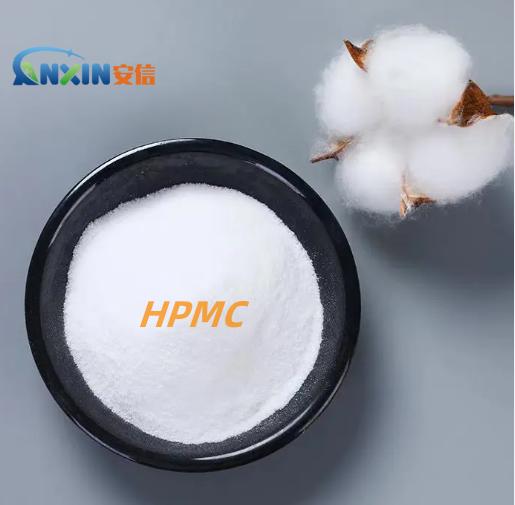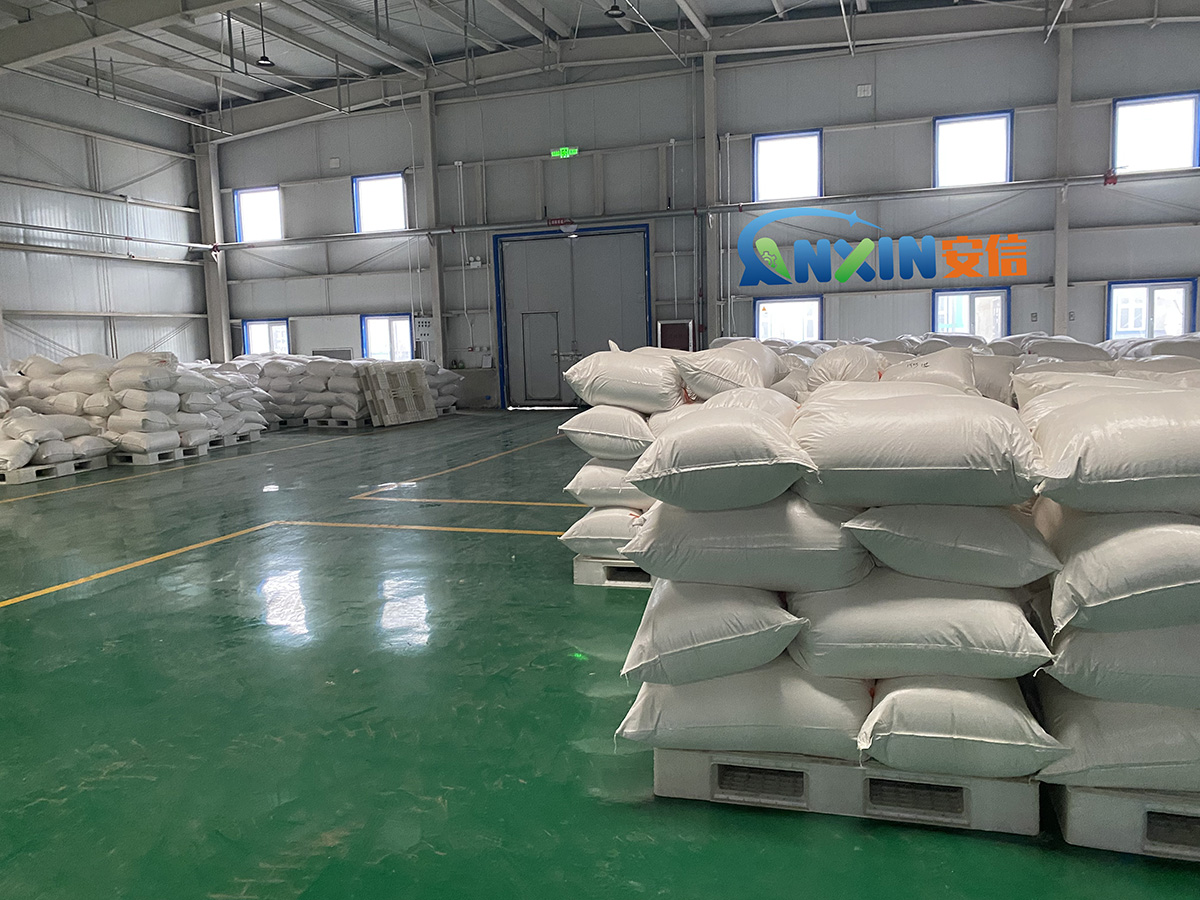Hydroxypropyl methylcellulose (HPMC) is a water-soluble polymer synthesized by chemically modifying cellulose molecules. It combines the natural properties of cellulose with the modified functionality, has good water solubility, viscosity adjustment and film-forming properties, and is widely used in medicine, cosmetics, construction, food and other fields. The discussion on whether it is a solvent actually needs to distinguish its specific applications and properties in different fields.
Chemical structure and properties of hydroxypropyl methylcellulose
HPMC is prepared by introducing two substituent groups, hydroxypropyl (–CH2CH(OH)CH3) and methyl (–CH3), into the glucose unit of the cellulose molecule. The cellulose molecule itself is a long-chain polysaccharide composed of multiple β-D-glucose molecules connected by β-1,4-glycosidic bonds, and its hydroxyl group (OH) can be replaced by different chemical groups, which greatly improves its properties.
During the synthesis process, methylation makes the cellulose molecules more lipophilic, while hydroxypropylation improves its water solubility. Through these two modifications, HPMC becomes an adjustable polymer compound that can be dissolved in water.
Solubility and function of HPMC
HPMC has relatively good solubility in water, especially in hot water. As the temperature rises, the dissolution rate and solubility will increase. However, HPMC itself is not a typical “solvent”, but is used as a solvent or thickener. In liquid, it can form a colloidal solution through interaction with water molecules, thereby adjusting the viscosity and rheology of the solution.
Although HPMC can be dissolved in water, it does not have the properties of a “solvent” in the traditional sense. Solvents are usually liquids that can dissolve other substances, such as water, alcohols, ketones or other organic solvents. The dissolution of HPMC itself in water is more of a functional component for thickening, gelling and film formation.
Application fields of HPMC
Medical field: HPMC is often used as an excipient for drugs, especially in the preparation of oral solid dosage forms (such as tablets and capsules), mainly used for thickening, adhesion, gelling, film-forming and other functions. It can improve the bioavailability of drugs and is also used in sustained-release preparations to help control the release of drugs.
Cosmetic field: HPMC is widely used in skin care products, shampoo, hair mask, eye cream and other cosmetics as a thickener, stabilizer and film-forming agent. Its role in cosmetics is mainly to increase the stability and texture of the product and make it more comfortable.
Construction field: In the construction industry, HPMC is used as a thickener and dispersant in cement, dry mortar, paint and other products. It can increase the viscosity of the paint, improve the construction performance and extend the construction time.
Food field: HPMC is used as a food additive, mainly used for thickening, emulsification and improving taste, and is commonly found in low-fat foods, candies and ice cream. In addition, it can also be used to improve the texture, taste and freshness of food.
Application as a solvent
In some specific preparation processes, HPMC can also be used as an auxiliary component of the solvent. For example, in the pharmaceutical industry, the solubility of HPMC enables it to be used as a diluent or solubilizer in drug preparations, especially in some liquid preparations, where it can effectively help dissolve drugs and form a uniform solution.
In some water-based coatings, HPMC can also be used as an auxiliary agent for the solvent to improve the rheological properties and workability of the coating, although the main solvent in the coating is usually water or an organic solvent.
Although HPMC can be dissolved in water in many applications to form a colloid or solution and increase the viscosity and fluidity of the solution, it itself is not considered a solvent in the traditional sense. Instead, it is more commonly used as a functional substance such as a thickener, gelling agent, and film-forming agent. It has a wide range of applications in various fields, especially in the pharmaceutical, cosmetic, food, and construction industries. Therefore, when understanding the role and properties of HPMC, it should be regarded as a multifunctional water-soluble polymer rather than a simple solvent.
Post time: Mar-21-2025

